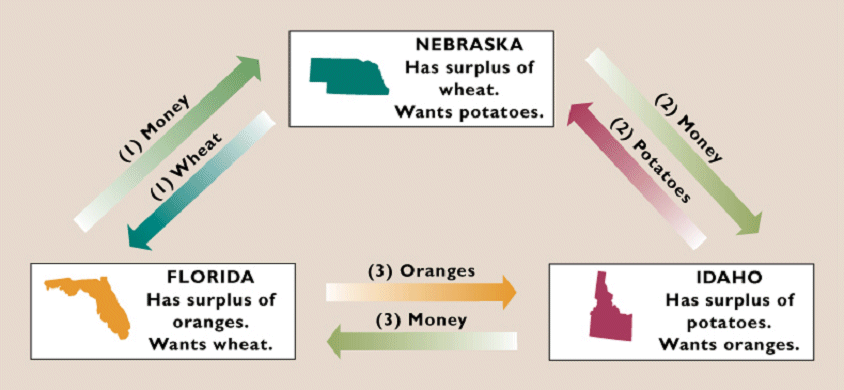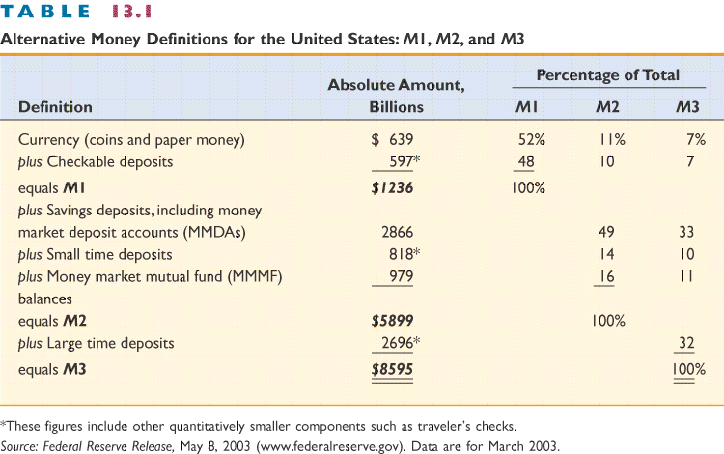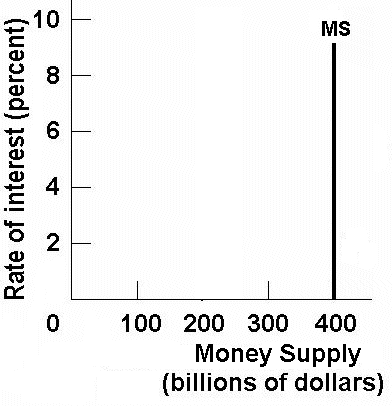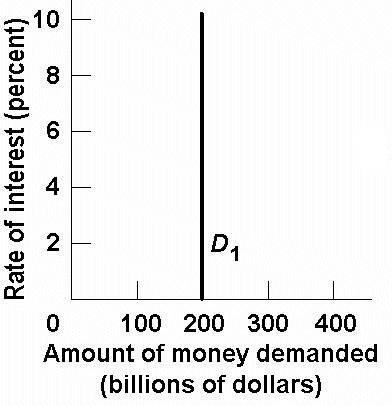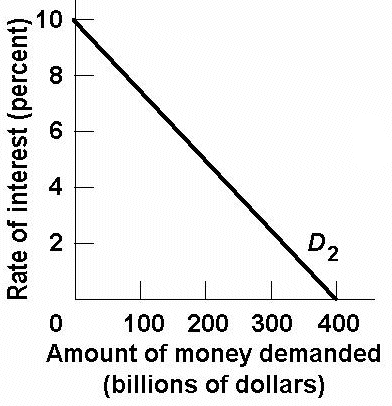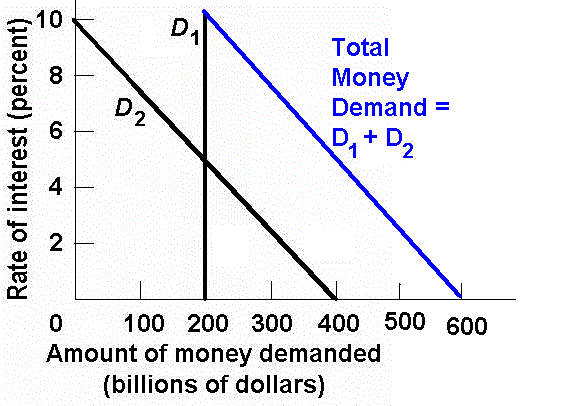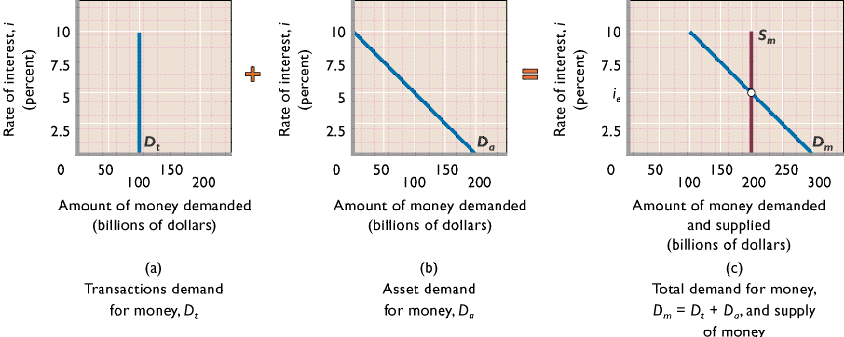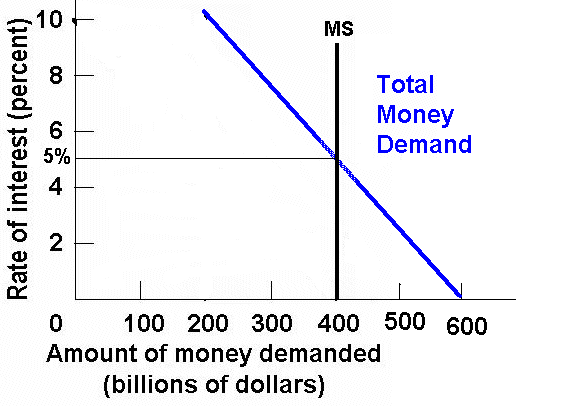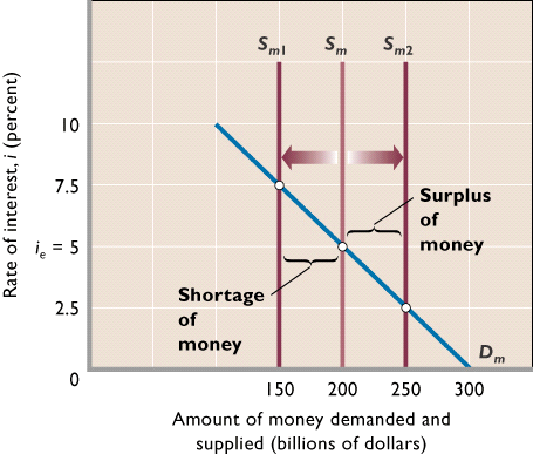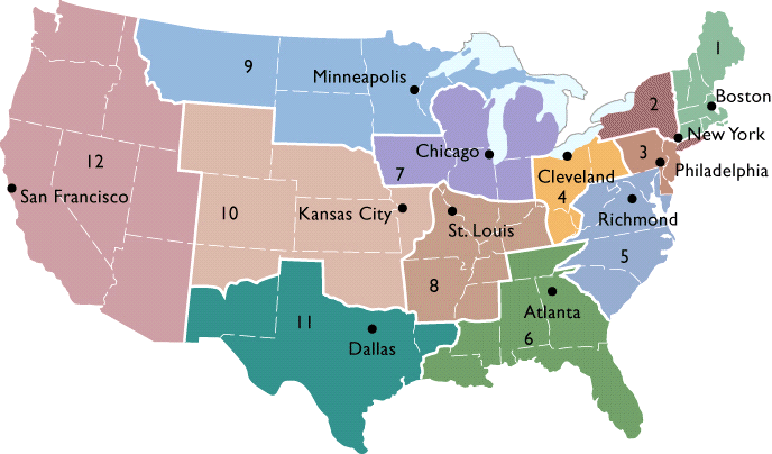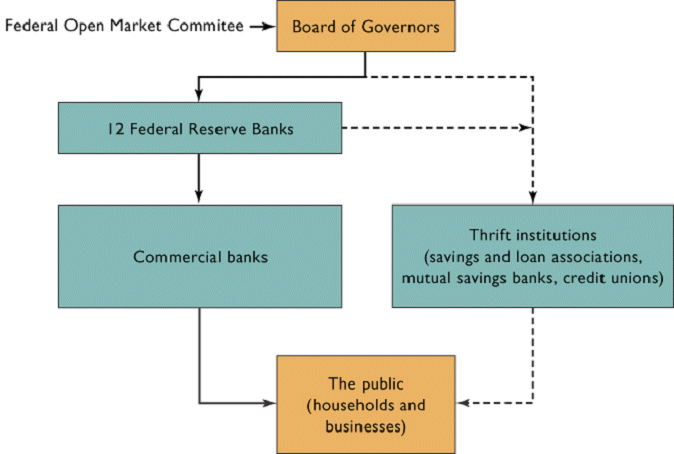Which of the arrows in the figure below represent money flow? Flow (1) is costs and income money flows and flow (4) represents consumer expenditures and business receipts money flows.
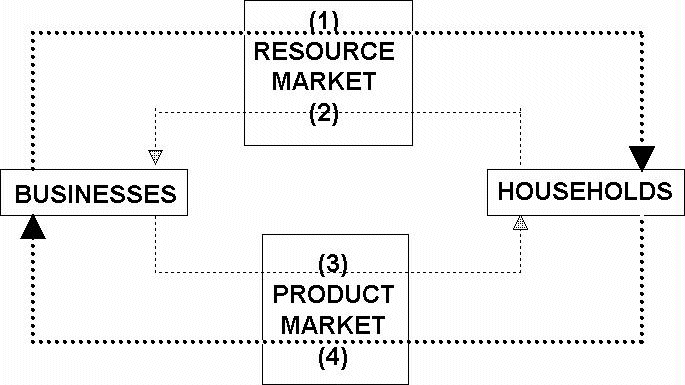
Why Monetary Side is Important
Without money there would be barter. Barter is the direct exchange of goods and services for other goods and services. We discussed the problem with barter in the lesson on trade.
BARTER a. Definition: the exchange of one good or service for another good or service
b. Problems with barter:
- coincidence of wants:
- a situation in which the good or services that one trader desires to obtain is the same as that which another desires to give up and an item that the second trader wishes to acquire is the same as that which the first trader desires to surrender
- you have to find somebody who wants to trade the item that you want to get AND who also wants the item that you have that you want to trade
- With barter there will be less specialization because of the difficulty of overcoming the coincidence of wants.
- If you can't find someone to trade with, you will have to produce it yourself
- Less specialization means less output and MORE SCARCITY
Without money there would be less trade and therefore less specialization and productive inefficiency. Therefore, from the same quantity of resources, LESS would be produced . Money avoids the double coincidence of wants and allows for more specialization and productive efficiency. Therefore money allows us to use our limited resources wisely and produce MORE with the same amount of resources. this helps to reduce scarcity.
Money facilitates trade and promotes specialization
This is why money is important.
